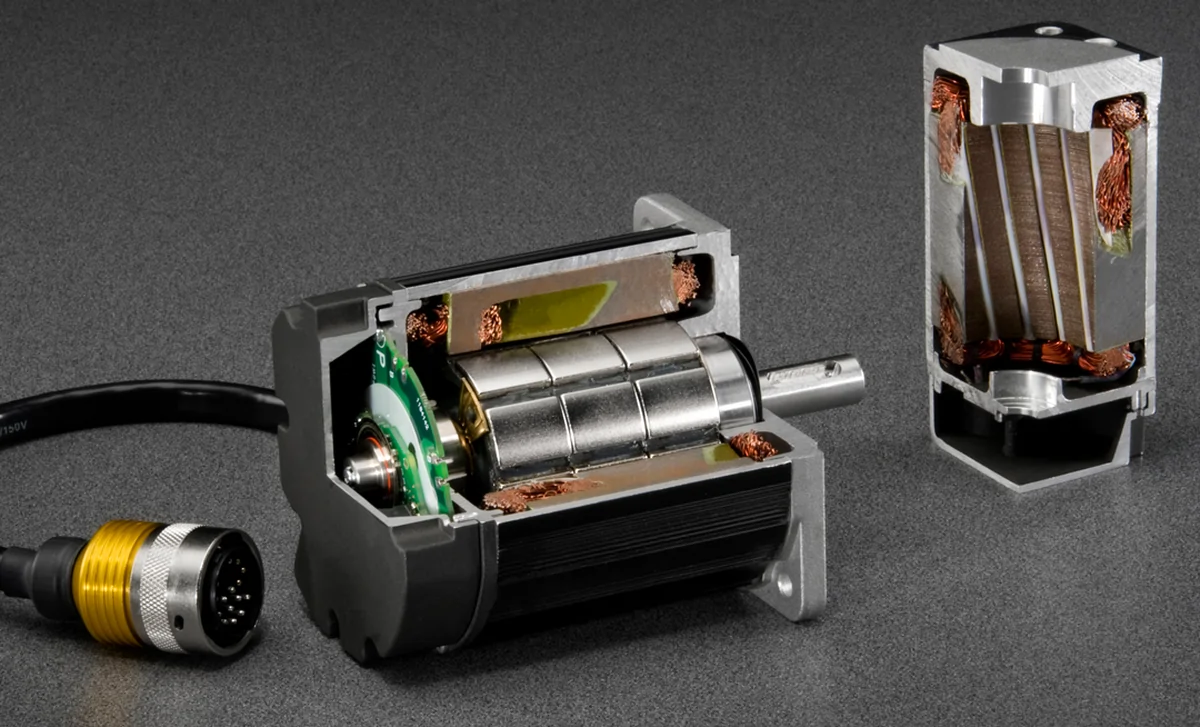The Remote Control of Servo Motor
2024-07-22 08:52:51
The remote control of servo motors is a critical aspect of automation and robotics, enabling precise and accurate movements. In this comprehensive guide, we will explore the principles, components, and techniques involved in remote controlling servo motors. By drawing on reliable sources, we will provide a professional and reliable overview of remote control for servo motors.
Understanding Servo Motors
Before diving into remote control, it is essential to have a basic understanding of servo motors. Servo motors are electromechanical devices designed to convert electrical signals into precise rotational movements. They consist of a motor, control circuitry, and a feedback mechanism. The control circuitry processes input signals and adjusts the motor's position based on feedback, ensuring highly accurate positioning. Servo motors are widely used in robotics and automation systems due to their inherent precision.

The Essence of Remote Control
The ability to control servo motors remotely adds a layer of convenience and versatility, allowing operators to manage devices from a distance, which is crucial in hazardous environments, complex machinery, or when direct access is not feasible. Remote control technologies range from infrared (IR) remotes, RF (radio frequency) modules, to Bluetooth and Wi-Fi-enabled solutions, each offering unique benefits in terms of range, fidelity, and application compatibility.
Components for Remote Control
To enable remote control of servo motors, specific components are required. Next, I will introduce the example of infrared remote control use our NEMA 23 Integrated DC Servo Motor:
- Infrared (IR) remote control transmitter
- Emits coded IR signals upon button presses.
- Allows users to send commands to the servo motors remotely.
- IR receiver module
- Captures the IR signals emitted by the remote control.
- Converts the signals into electrical pulses that the servo motor controller can process.
IR Remote Control Communication
The communication between the IR remote control and the servo motor relies on infrared technology. The process includes the following steps:
- Connect the IR receiver module to the servo motor setup, ensuring proper power and ground connections.
- Set the IR receiver module to receive and decode IR signals from the remote control.
- When a button is pressed on the remote control, it emits a unique IR code.
- The IR receiver module captures the IR code and sends it to the control circuitry for decoding.
- The control circuitry interprets the code and adjusts the motor's position accordingly, facilitating precise movements based on the user's input.
Programming the Remote Control
To enable remote control functionality for servo motors, programming is necessary. The programming process involves the following steps:
- Connect the servo motor control circuitry to a microcontroller or dedicated servo controller chip.
- Map the buttons on the remote control to specific motor positions.
- Assign unique codes to each button, associating them with desired motor movements.
- Develop a control interface on the remote device using appropriate software, such as a mobile app or desktop application.
- Establish communication between the remote device and the servo motor control circuitry.
- Send commands wirelessly from the remote device to the servo motor control circuitry.
- The control circuitry receives the commands and converts them into appropriate signals to control the servo motor.
Other Remote Control Technologies
For applications requiring longer range and more robust connections, RF and wireless technologies like Bluetooth and Wi-Fi come into play. These methods enable control over greater distances and through obstacles, offering more flexibility and reliability for industrial applications and advanced robotics, where line-of-sight operation is unfeasible.
Applications and Advantages
The remote control of servo motors finds extensive applications in various industries, including:
- Robotics
- Enables precise control of robotic arms and other remote-controlled devices.
- Facilitates automation in various industries.
- Manufacturing
- Allows for automated processes with enhanced accuracy and efficiency.
- Reduces the need for manual adjustments, improving productivity.
- Aerospace
- Utilized in unmanned aerial vehicles (UAVs) for remote maneuverability.
- Enhances control and stability in UAV applications.
- Entertainment
- Enables remote-controlled animatronics and robotic displays for interactive experiences.
Challenges and Considerations
Despite their many advantages, remotely controlling servo motors brings its set of challenges:
- Signal interference is a significant concern, particularly with RF and Wi-Fi solutions, necessitating robust error-checking and signal encoding mechanisms.
- Power management is another critical aspect, especially in wireless systems where energy efficiency can constrain the system's operational longevity.
Conclusion
The remote control of servo motors is a vital aspect of automation and robotics. By understanding the principles, components, and techniques involved, you can harness the power of remote control to achieve accurate and precise movements.
See What Lunyee Can Do For You
Contact Us
- 8619149417743
- +86-0371-5562 0274
- [email protected]
- Zhengzhou, Henan Province, China
- Mon-Fri: 9:00 - 18:00




